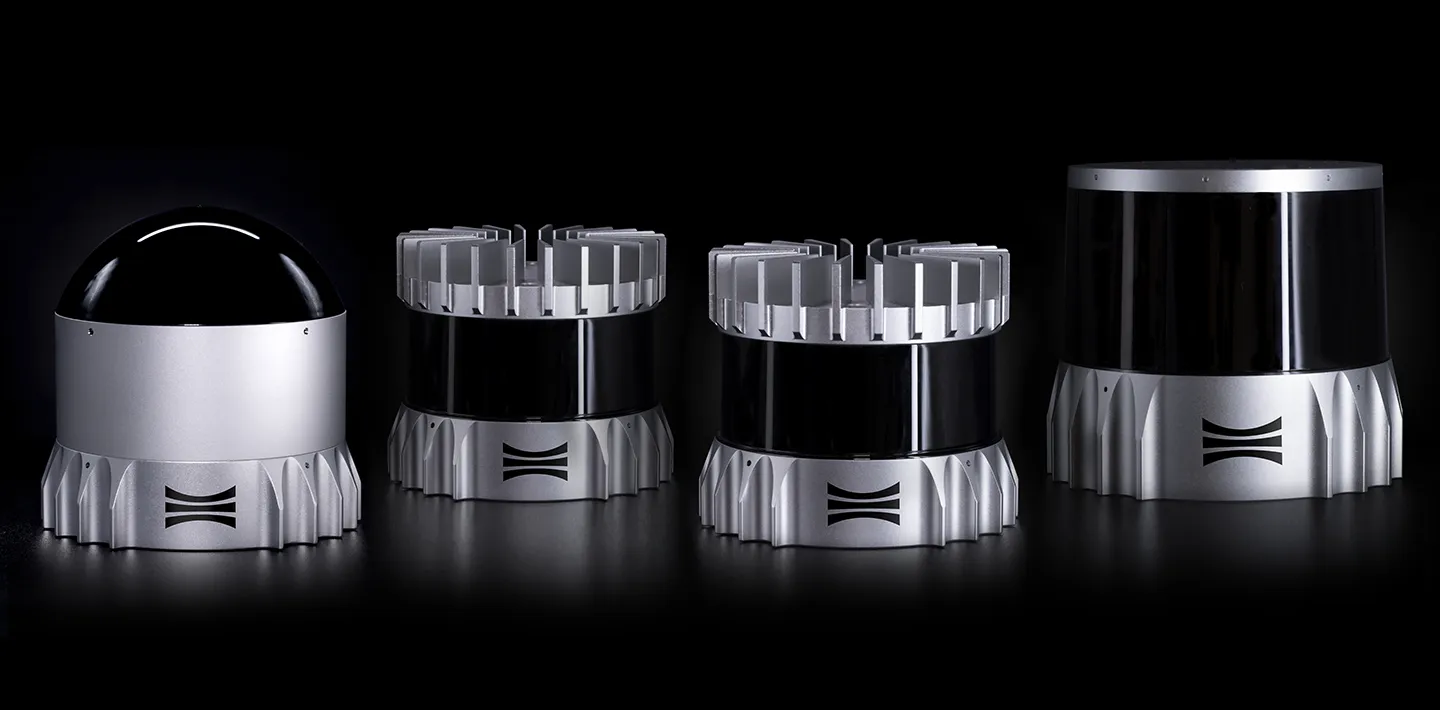Houston Radar has upgraded its SpeedLane Pro dual-beam, low-power side-fire radar, specifically designing it for the U.S. market. According to Stephanie Hilton, marketing manager for Houston Radar, the company needed to expand SpeedLane’s coverage to accommodate wider highways that are prevalent in the U.S. As a result, the sensor’s detection range has been increased from 150 feet and eight lanes to 256 feet and 16 lanes. The extended range makes the SpeedLane Pro ideal for traffic counting, vehicle
June 7, 2018
Read time: 1 min
According to Stephanie Hilton, marketing manager for Houston Radar, the company needed to expand SpeedLane’s coverage to accommodate wider highways that are prevalent in the U.S. As a result, the sensor’s detection range has been increased from 150 feet and eight lanes to 256 feet and 16 lanes.
The extended range makes the SpeedLane Pro ideal for traffic counting, vehicle classification and traffic volume applications on wide U.S. highways. The sensor started shipping in May.









